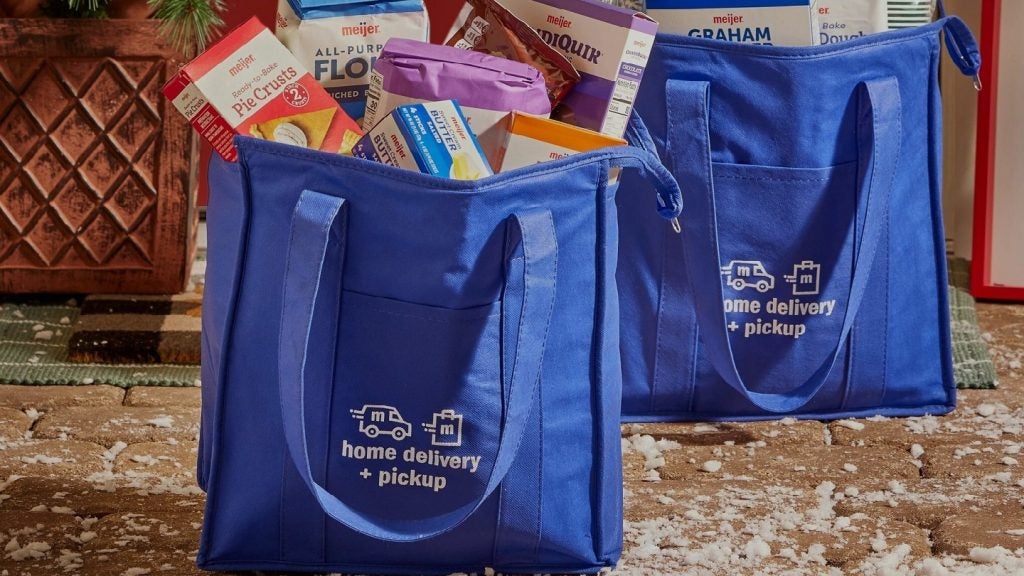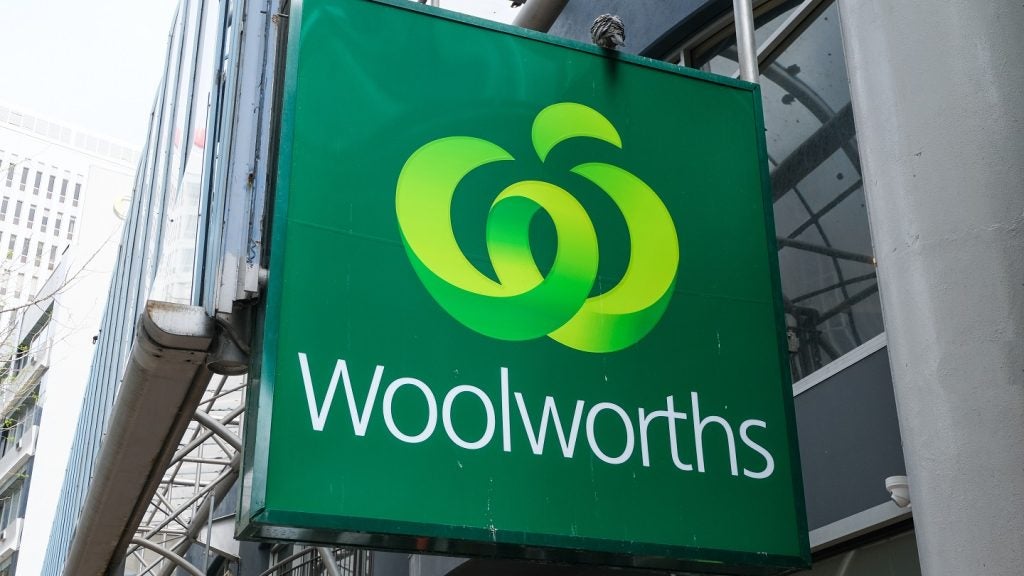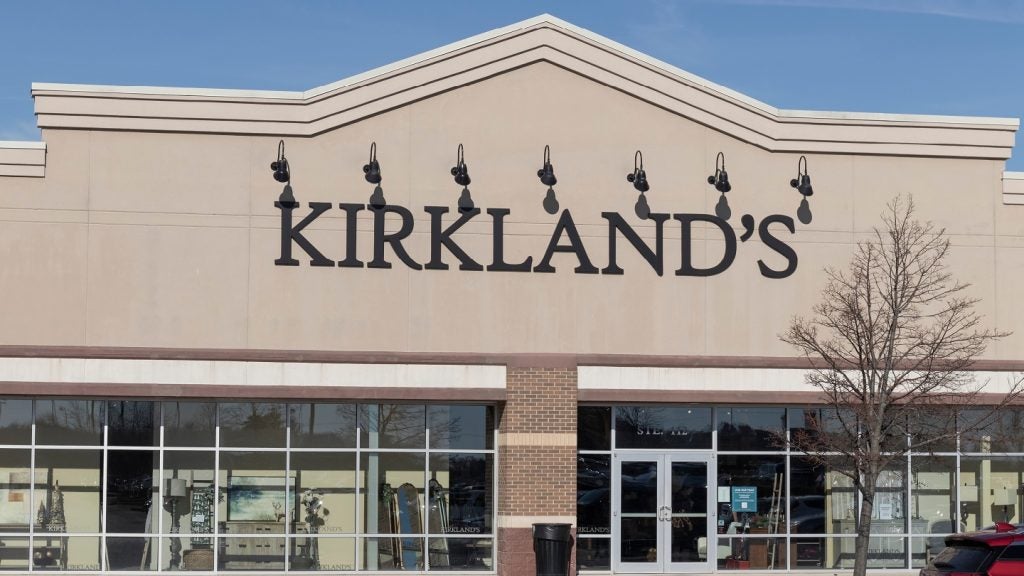US Midwest-based supermarket chain Meijer has expanded its home delivery territory up to a 60-minute drive from its stores - a substantial increase from the previous 20-minute delivery radius.
The strategic move brings Meijer's home delivery service to an additional four million households throughout the Midwest, promising deliveries as quickly as within three hours.
Meijer digital experience vice-president Emily Henao said: "We heard from many customers interested in using home delivery to make their grocery shopping more convenient but [who] couldn't because they were outside of the delivery range.
"We know our customers are busier than ever, and this expansion gives us a unique opportunity to make their lives easier."
To determine eligibility for home delivery, customers can use the Meijer app or visit Meijer.com, select "Delivery" and input their address for verification.
To introduce more consumers to this expanded service, the retailer is waiving delivery fees in the new areas for shoppers who spend a minimum of $35 on pet or beauty items, or $50 on general merchandise, until 1 February 2025.
Post-promotion, an extended range delivery fee will be applicable for customers in the new zones. However, those using SNAP [Supplemental Nutrition Assistance Program] benefits will continue to enjoy free home delivery after the promotional period ends.
Home delivery was first rolled out by Meijer in Detroit in 2016 and has progressively become accessible across its Midwest locations.
The surge in demand for grocery deliveries during the Covid-19 pandemic led to further extension of service hours to accommodate more customers.
All Meijer grocery stores and supercentres provide the option of home delivery.
The retailer also offers alternatives such as pickup and Shop & Scan services.
In September 2024, Meijer announced that it had achieved its 2025 sustainability target of reducing carbon emissions by 50% a year ahead of schedule.
The retailer's target had been to cut its Scope 1 and 2 greenhouse gas emissions [those directly from sources owned or controlled by it, and those which are indirect consequences of its activities but occur from sources it does not own or control] by 50% relative to 2018 levels - but it achieved a 57% reduction by 2023.












